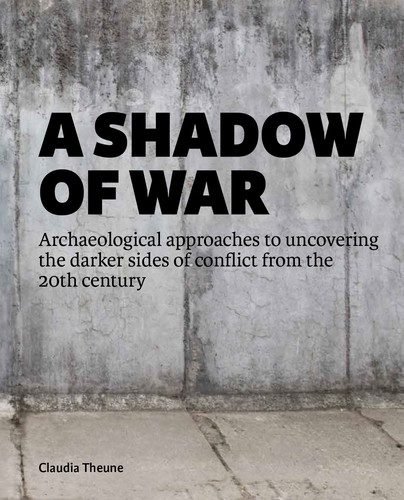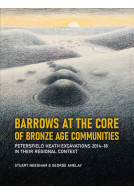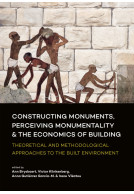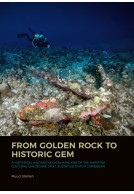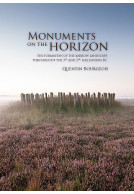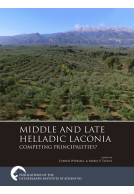A Shadow of War (Paperback)
Archaeological approaches to uncovering the darker sides of conflict from the 20th century
Imprint: Sidestone Press
Pages: 208
Illustrations: ca 120 fc
ISBN: 9789088904547
Published: 30th April 2018
Script Academic
Pages: 208
Illustrations: ca 120 fc
ISBN: 9789088904547
Published: 30th April 2018
Script Academic
Please note this book may be printed for your order so despatch times may be slightly longer than usual.
You'll be £25.00 closer to your next £10.00 credit when you purchase A Shadow of War. What's this?
+£4.99 UK Delivery or free UK delivery if order is over £40
(click here for international delivery rates)
Need a currency converter? Check XE.com for live rates
(click here for international delivery rates)
Need a currency converter? Check XE.com for live rates
This book presents archaeological research from places of war, violence, protest and oppression of the 20th and the 21st century; sites where the material relics give a deep insight to fateful events – a shadow of war.
Alongside renewed interest in National Socialism and the Holocaust, archaeological interest started in former concentration camps of the Nazi dictatorship. The focus was on the central places of the camps, such as the gas chambers, the crematoria, or execution sites, as well as prisoners’ barracks and the parade ground. In many cases, these sites revealed forgotten and vanished structures, where archaeological excavations can offer the possibility for commemorating the victims.
The research has since widened and includes other sites of Nazi dictatorship and the Second World War, as well as the First World War, the Cold War and locations of civil wars and civilian protest against state authorities and against companies and corporations in many parts of the world. In order to come to a comprehensive understanding contemporary archaeology must take a global perspective.
Archaeological finds often shed light on daily life, revealing survival conditions in the internment camps; the lives of people and their fighting and dying on battlefields and in trenches. Likewise, the relics of politically active people in protest camps give an impression of their commitment in civilian protest. Sometimes material remains can help to tell an alternative or balancing narrative to the state’s official recorded history.
The enormous volume and diverse range of material culture presents challenges and opportunities. Through careful archaeological investigation, we can present different and new perspectives that are not recorded clearly in existing written, pictorial or oral archives. The merging and examination of all sources together is what enables us to understand the complexity of the history.
This book will also present future directions in contemporary archaeology that will help bring the study focus beyond sites and assemblages of war and protest.
Other titles in Sidestone Press...







